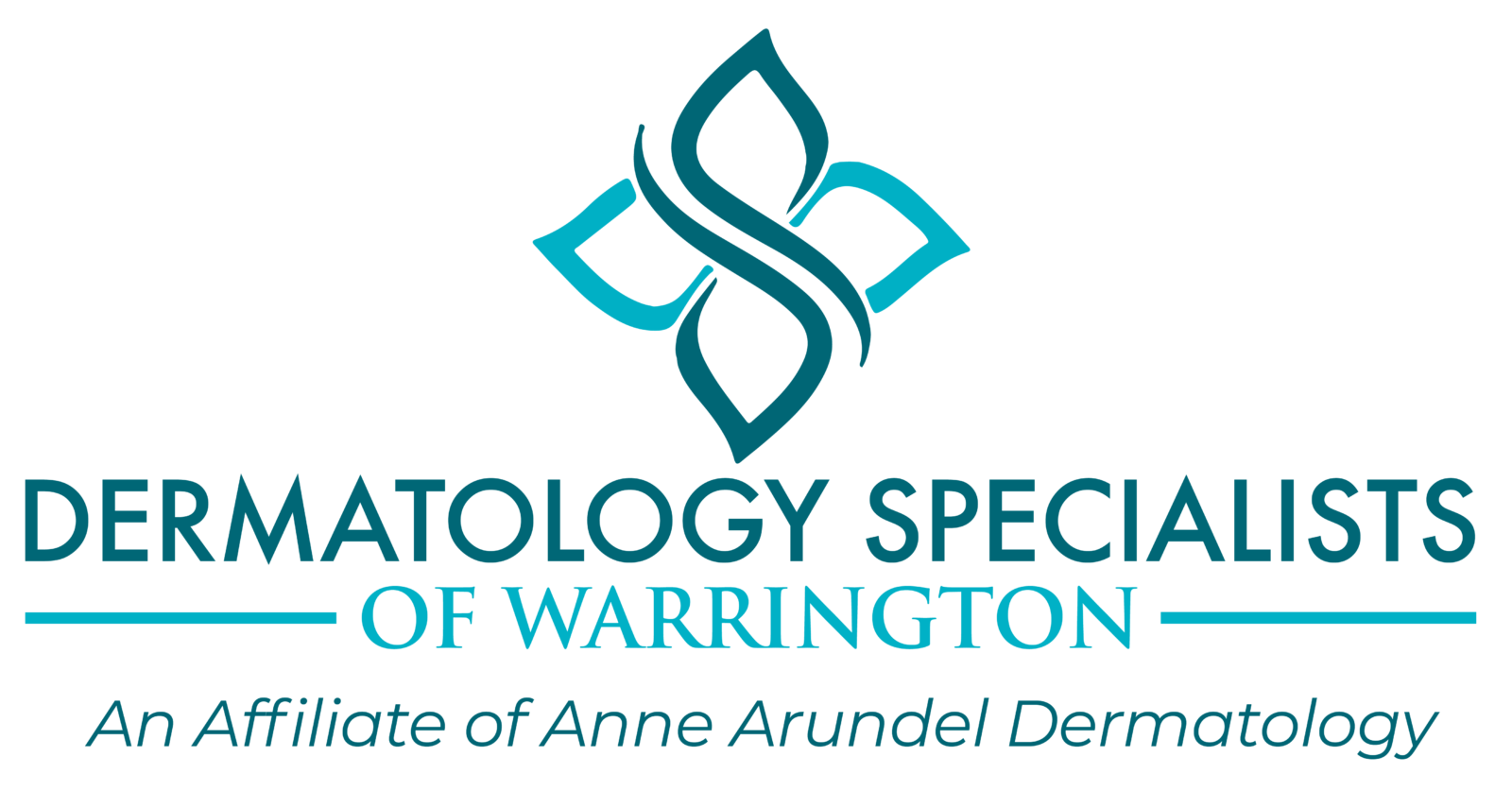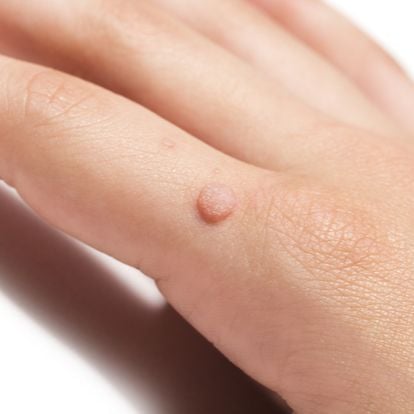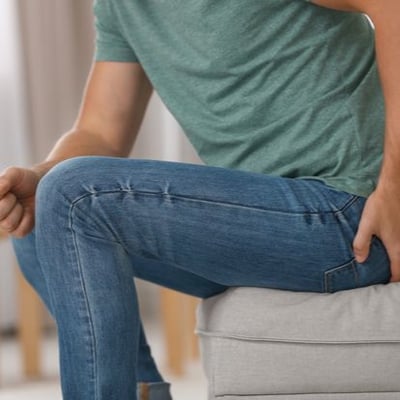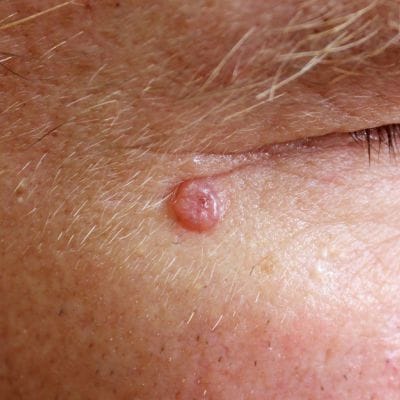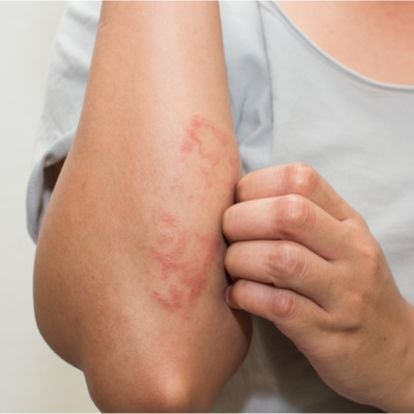Types of Veins and Treatment Options
Appearing on your legs, both varicose veins and spider veins can not only affect your outward appearance, but their presence can also signify health problems in your body.
A board-certified dermatologist can help—minimally invasive treatments are available to reduce or eliminate varicose and spider veins. Read on to find out all about varicose veins and spider veins, including their diagnosis and treatment options that may work for you.
What are Varicose Veins?
Varicose veins are raised, and swollen blood vessels in your legs. They appear to twist and turn, much like a rope and are prominent, allowing them to be seen through your skin, either as reddish or the color of your skin tone.
According to the Office on Women’s Health, the incidence of varicose veins is two times as likely in women than in men. The older you get, the more likely you will develop varicose veins.
Veins, especially the ones present in your legs and lower body, have an essential role in pumping blood from your body back to your heart to get purified. While veins typically send blood in one direction, damage to the valves can sometimes cause blood to leak back down into the vein, which over time leads to the vein growing larger and a thinning of the venous wall.
The appearance of varicose veins could signal the presence of underlying health conditions such as chronic venous insufficiency (CVI).
What are Spider Veins?
Spider veins have a web-like pattern and are much smaller than varicose veins as they affect the smaller veins and capillaries located closer to your skin’s surface. Unlike varicose veins, spider veins do not tend to indicate the sign of anything more serious.
Spider veins are smaller in appearance and can sometimes be slightly raised. They also may be a darker blue or red in color.
What are the Causes of Varicose and Spider Veins?
Varicose veins and spider veins occur for several different reasons, including:
- Family history
- Gender—women tend to experience varicose veins and spider veins more than men
- Age
- Pregnancy
- Work Environment—people who sit or stand for extended periods of time are more likely to develop varicose veins
- Use hormone therapy—hormones such as estrogen can lead to the weakening of vein valves
- Medical conditions such as blood clots
- Damage from the sun may cause spider veins
- Forceful sneezing or vomiting may cause you to develop spider veins
If left untreated, varicose veins can turn large enough to break through the skin. Even before this happens, you may experience one or more of the following symptoms:
- burning
- swelling of your legs
- aching
- heaviness in your legs
- itching
- throbbing
Treatment for Varicose Veins and Spider Veins is Safe When Performed by a Board-Certified Dermatologist
Scheduling an appointment with your dermatologist can help alleviate the symptoms of varicose and spider veins. Typical forms of treatment for varicose veins and spider veins include:
- Sclerotherapy
Sclerotherapy injection injects a liquid into the veins that causes the walls of the vein to shut. Over time the veins fade as the flow of blood is stopped. Multiple treatment sessions are required before your desired cosmetic outcomes can be seen. - Laser Therapy
This form of treatment is most recommended for small spider veins and can be used in addition to sclerotherapy. Laser treatment for small varicose and spider veins is minimally invasive and uses heat energy to shut off the vein. - IPL Therapy
Intense pulsed light therapy (IPL) makes use of a high-intensity source of light to target and reduce the appearance of spider veins.
